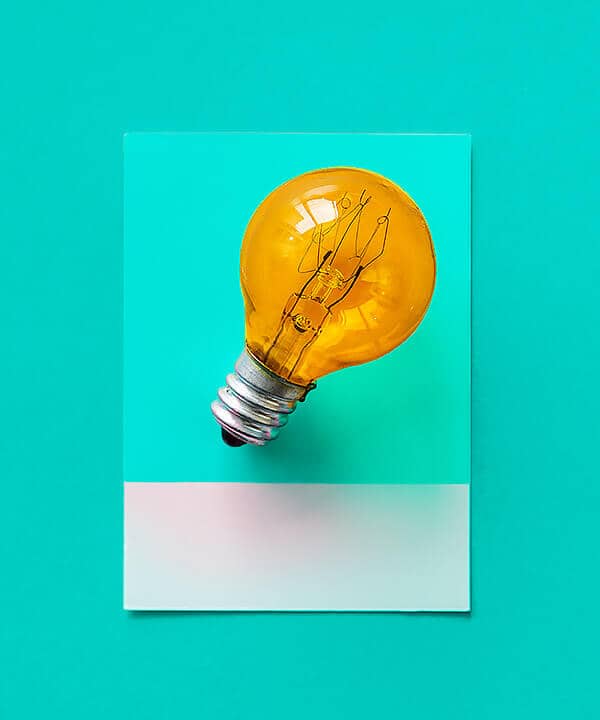
Reflexology
Reflexology is an ancient technique that dates back not only to ancient China, but also to Egypt and ancient Native American tribes. Modern reflexology was born in the early 20th century. Its founder was the physician William Fitzgerald, from whose work most reflexologists today draw.
Reflexology is based on the principle that the feet and palms of the hands represent a schematic image of the whole body and its organs. The individual areas of the feet and palms correspond to different parts of the body. By massaging these areas, not only the corresponding organs, but also the muscles and joints are reflexively affected.
“Reflection” refers to the two-way relationship between the surface and the interior of the body.
On the one hand, there is a relationship from the inside out: every disturbance of one of our internal organs is projected on the soles and palms.
And on the other hand, from the outside to the inside: the stimulation of a certain area of skin on the soles and palms is transmitted to the corresponding organ.
Reflexology is a holistic therapy, which means that it takes a person as a complete system, not as a set of separate parts. Reflexology emphasizes the importance not only of the whole as such, but also of the interdependence and interconnectedness of the individual parts of this whole.
By being a holistic therapy, reflexology considers the healing of the whole to be much more important than the healing of only selected parts.
Thus, in reflexology, as in other holistic approaches, we do not focus only on symptoms.
It is generally known that working on only one part of the body (in this case the part of the reflection map we have on the soles of the feet) could result in the transfer of energy to that part, while in other parts of the body the energy could continue to stagnate. Therefore, during reflex therapy, the entire map of internal organs is always massaged.
With a holistic approach, we also guarantee that we take a person in his entirety, that is without division into physical, mental and emotional levels. These 3 levels interact and work simultaneously. And just when the balance between these 3 centers is lost, symptoms begin to appear (whether on a physical, emotional or mental level) and we know that something is wrong.
Reflexology is an excellent tool for everyone because it is non-invasive, gentle and can be combined with any other technique to strengthen human health
Reflexology helps with:
– deep relaxation
– improvement of quality of sleep
– increase of physical energy
– relief of tired, heavy legs
– decrease of back pain and muscle tension
– increased clearance and elimination of toxins
– improvement of the immune system
– activation of blood circulation
– relief of stress, anxiety